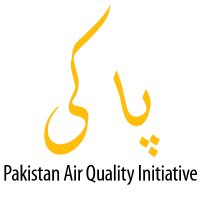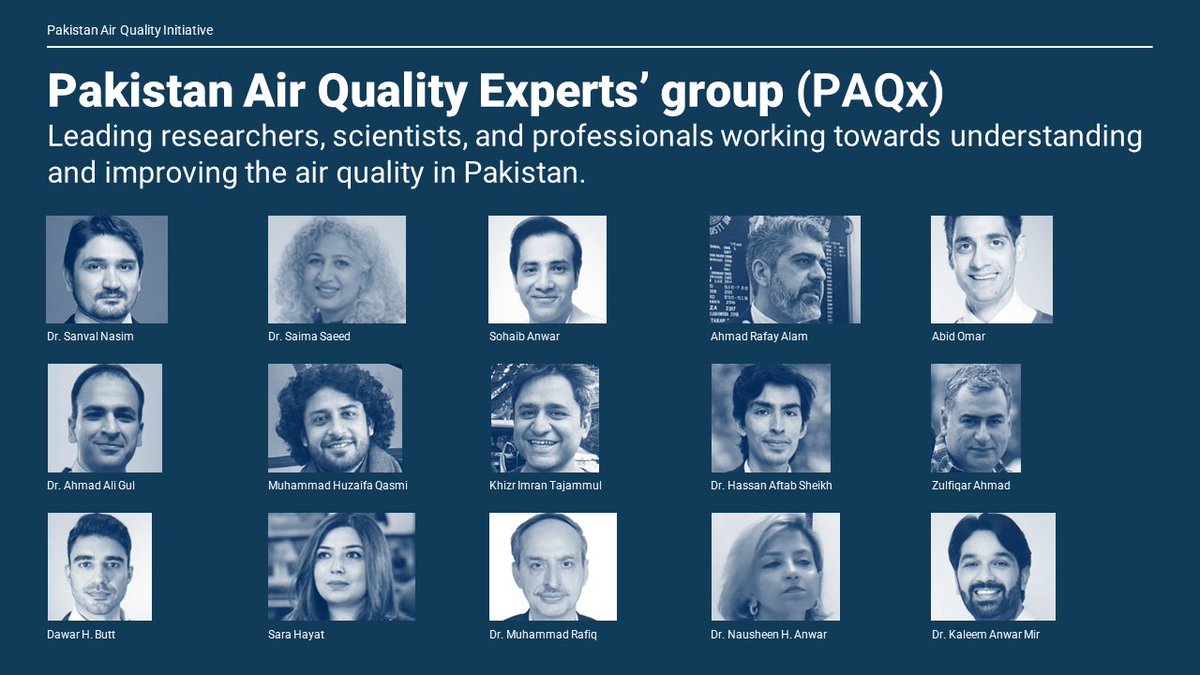
AO
@abido
Founder @PakAirQuality, here street photography, travels and observations, back from #China to #Karachi 老北京人 also @ClimateActionPk
ID: 15889768
18-08-2008 08:04:29
2,2K Tweet
961 Followers
1,1K Following


Thank you Omar Khalid Butt for having me on PTV World to talk about solutions for Pakistan’s air pollution problem. PakistanAirQuality




Our founder AO spoke on ZaraHatKay about the smog policy having no realistic, measurable or implementable #targets for a #SmoglessLahore LahoreAir Zarrar Khuhro Wasatullah Khan


Pakistan's air pollution crisis is incurring alarming health costs as its cities choke on smog.😷 To protect citizens, decisions on infrastructure projects must account for pollution, says PakistanAirQuality founder AO. Learn more on Pakistonomy👇 youtu.be/p4k4g5abLJ4

The data suggests that emissions from transport are the biggest contributing factor to Pakistan's air pollution crisis. 🚗 Learn more about sources of pollution and ways to mitigate its impact with Uzair Younus عُزیر یُونس and @Abido. Watch here 👇 lnkd.in/dN5QqT2A

The data suggests that emissions from transport are the biggest contributing factor to Pakistan's air pollution crisis. 🚗 Learn more about sources of pollution and ways to mitigate its impact with Uzair Younus عُزیر یُونس and @Abido. Watch here 👉lnkd.in/dN5QqT2A

When in India, I did end this podcast early due to the bad air quality. Nikhil Kamath was a gracious host and we were having a great time. The problem was that the room we were in circulated outside air which made the air purifier I'd brought with me ineffective. Inside,








